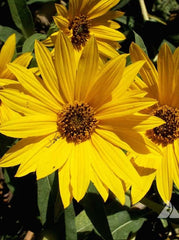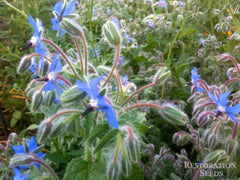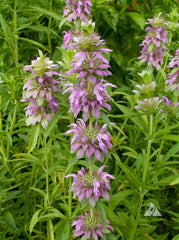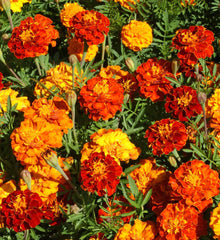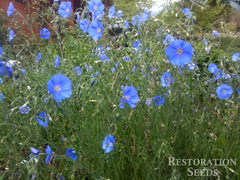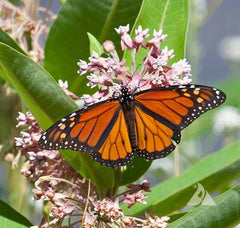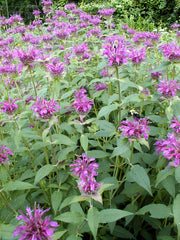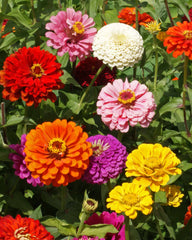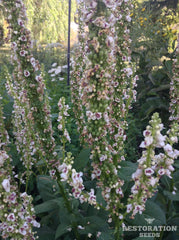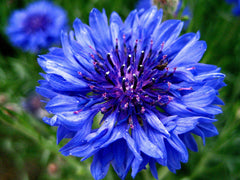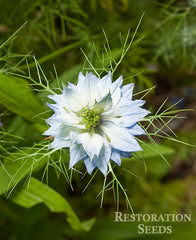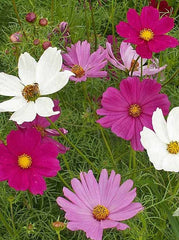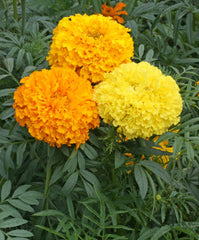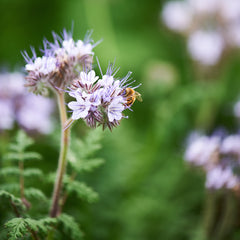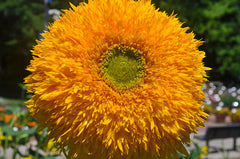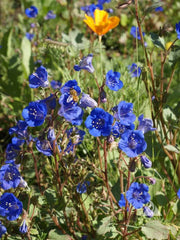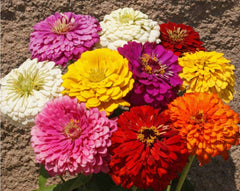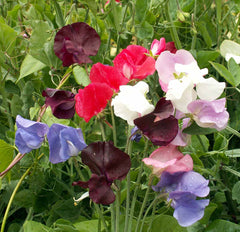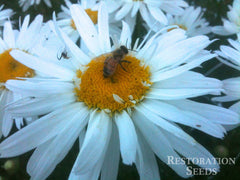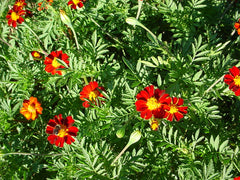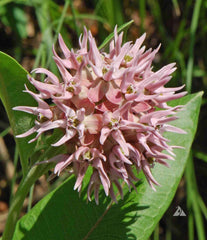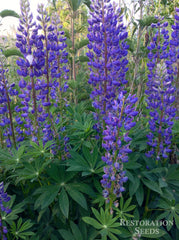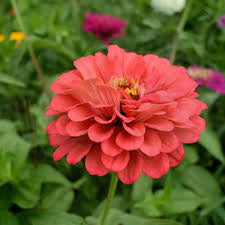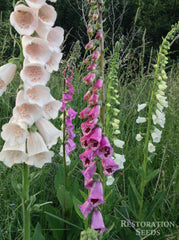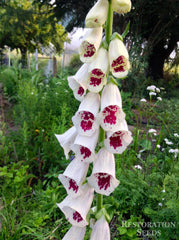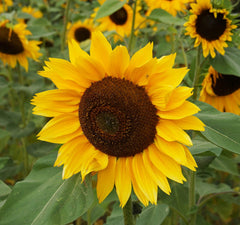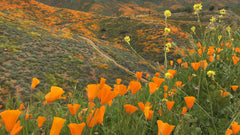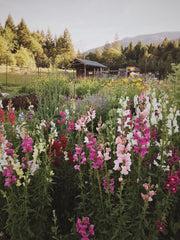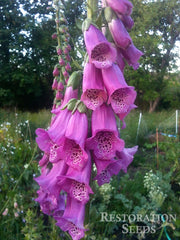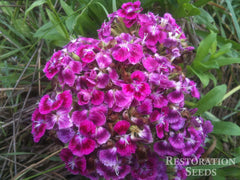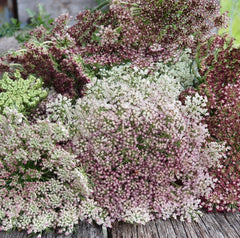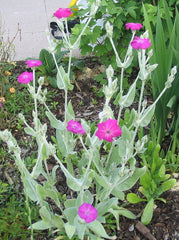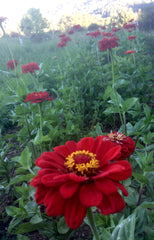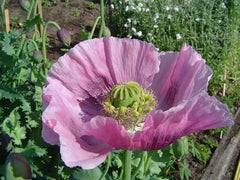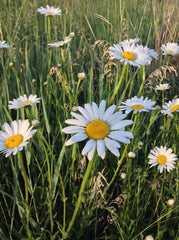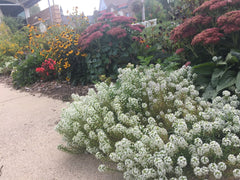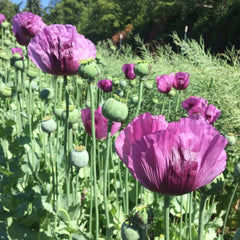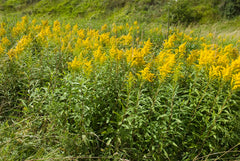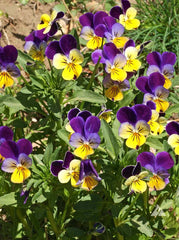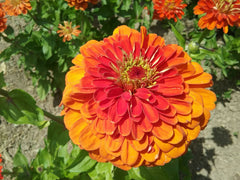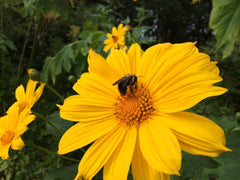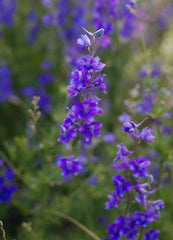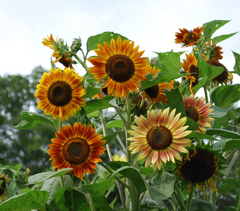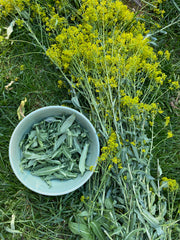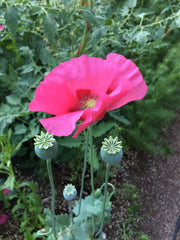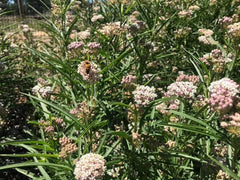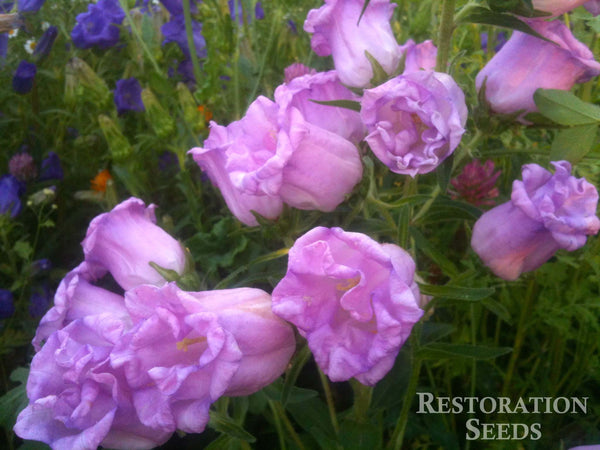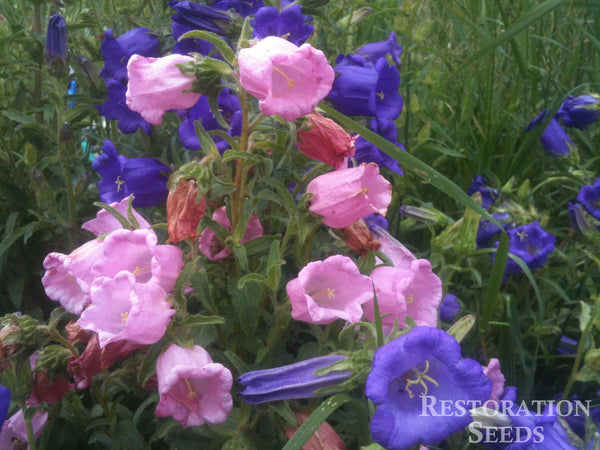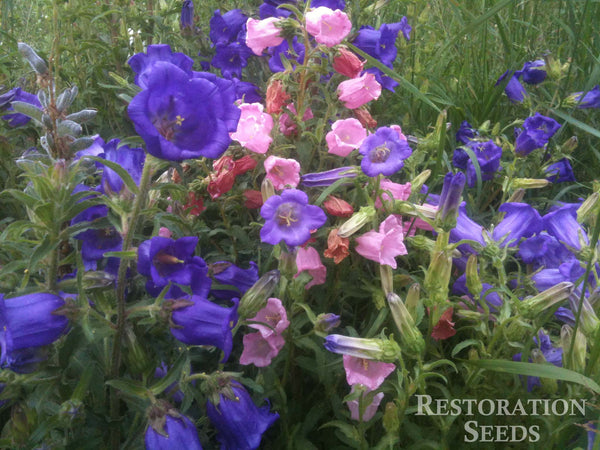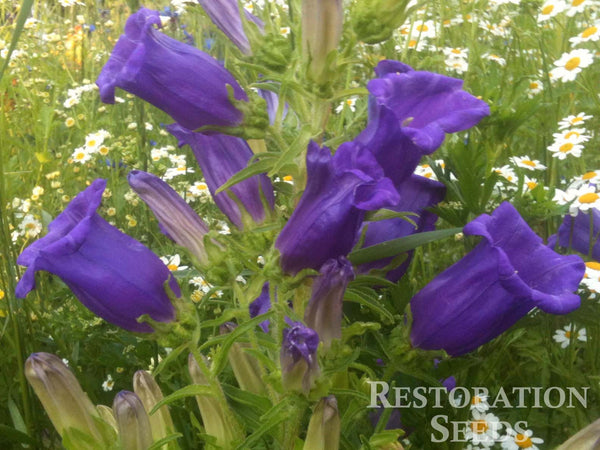Peach Leaf campanula
campanula persicifolia
HOW TO GROW CAMPANULA
Hardy perennial. Start indoors 6-8 weeks before last frost or direct sow after last frost. If no germination, move 40˚F for 2-4 weeks (stratify, meaning provide a period of moist chill), then back to 68F for germination. Will grow in partial shade, light woodland. Basal cuttings, sub-terminal or sub-bud, in the spring will root in light shade potted in cold frame, keep moist. Can take 1–2 years to flower. Divide every 3–4 years in the Fall. Seeds require light to germinate, press into soil, do not cover. Soil pH 6.1-7.8. Hardiness zones 3-9. Perennial.
Usual seed life 3–5 years.
Planting Depth surface requires light
Soil Temp. Germ. 65-68˚F
Days to Germ. 14-30 days
Plant Spacing 6-8”
Row Spacing 24”
Days To Maturity 90-120
Full Sun, Moist Well Drained
Usual seed life 3–5 years.
Planting Depth surface requires light
Soil Temp. Germ. 65-68˚F
Days to Germ. 14-30 days
Plant Spacing 6-8”
Row Spacing 24”
Days To Maturity 90-120
Full Sun, Moist Well Drained
- 100 Seeds$3.25
- 1000 Seeds$10.50
Excellent nectary for bees and other pollinators. Narrow leaves are edible raw or steamed. The sub-species C. persicifolia crystalocalyx has wider leaves and is more suitable as a food crop. Also known as bellflower, bluebell and Canterbury bells. Tags: Specialty: Deer Resistant, Certification: Organic.
Nativ...
Nativ...
Excellent nectary for bees and other pollinators. Narrow leaves are edible raw or steamed. The sub-species C. persicifolia crystalocalyx has wider leaves and is more suitable as a food crop. Also known as bellflower, bluebell and Canterbury bells. Tags: Specialty: Deer Resistant, Certification: Organic.
Native to European Alps. Grows at lower altitudes in the north and higher further south passing 1,500 m in Provence.
Native to European Alps. Grows at lower altitudes in the north and higher further south passing 1,500 m in Provence.
Learn More
Reviews
